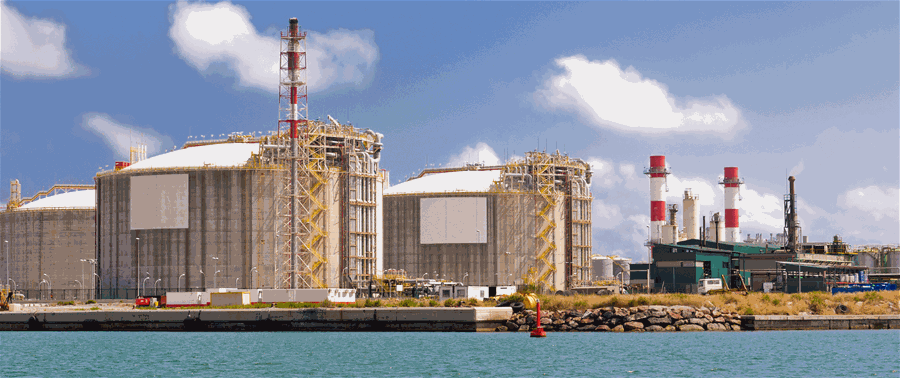
Last year, classifications society DNV GL issued a word of warning: “Making the wrong fuel choice today can have major implications for the commercial performance of a ship over its lifetime, including tradability and the second-hand value.”
Zooming out, long gone is the ebullient LNG optimism of a few years ago, when the International Energy Agency predicted a golden age of gas, not least due to rising demand in Asia. Its heavy dependence on local pipeline infrastructure makes gas a region-based market in contrast to oil, whose markets are very intertwined across the world’s trading oceans. So while the future availability of LNG is not in question, gas remains regionally based, which means the rate of adoption will wax and wane from area to area.
The US, meanwhile, still rides high on its shale-gas boom, which makes supply a non-issue for regions with incumbent peak shaving plants best positioned to respond to immediate demand. These gas utilities can start, and some already have started, to supply the marine market easily and cheaply, thanks to existing storage, a sunk cost. Thus, they are finding a CAPEX-light enabling approach.
The marine LNG fuel market for North America is hurdling over another challenge. “The regulatory challenges were stark,” says John Hatley, Director, Market Shaping, Wärtsilä Marine Solutions, who credits both the US and Canadian Coast Guards with moving forward with rules on vessel design, safety, training and operational standards for LNG fuel.
At sea, the low oil prices have robbed gas of its competitive price edge. That threatens to affect demand, yet experts at Energy Insights earlier this year encouraged the industry not to let the current and near-term worries get in the way of planning for the future – demand might grow slowly but it won’t disappear.
At Wärtsilä, Hatley saw no cause for pessimism: “We’re at the start of a paradigm shift,” he said. “A few thousand years ago the shift was from oars to sail, two centuries ago sail to steam, a century ago steam to oil, and now it’s a new era for gas. These sorts of changes only happen once a century, so it’s a very exciting time.”
Whichever speed the transition ends up going at, a full-scale switch to LNG would signal good news for the environment. Even though maritime shipping remains the most efficient way to transport goods, it still produced approximately 2.1% of greenhouse gas emissions in 2012, according to a tally by the World Shipping Council.
But what needs to happen for such a switch to take place? The European Commission released a report on LNG last year that called the emissions-controlled areas (ECA) the “major motivation” of stakeholders.
“On the other hand,” the report continued, “the higher equipment costs for engines and tanks are not offset by savings in fuel or operating expenses. Also, the lack of existing bunkering infrastructure for LNG is another quite important barrier.”
When it comes to infrastructure, all stakeholders agree. “To develop the maritime LNG market, we need to see more players develop more bunkering ships and barges,” said Pierre Cotin, Chief Strategy Development and Marketing Officer at Elengy, the operator of LNG receiving terminals in France.
“Every investment that is made in gas infrastructure and logistics will only make the change happen faster and faster,” said Ilari Kallio, Vice President, R&D, Engines, Wärtsilä.
Infrastructure is a question often picked apart by experts, not least at Wärtsilä, which is doing its bit to open up the value chain. Recognising that smaller consumers far from pipelines needed a medium-sized solution, Wärtsilä in 2015 launched Wärtsilä Mobile LNG Concept. It essentially brings LNG to shore, but no further, allowing for rapid deployment and the possibility to lift anchor if demand shifts to another market. The concept is the perfect fusion of Wärtsilä’s dual competencies, marine and energy solutions, which shows also LNG’s benefit for electricity consumers. With negligable NOx and a signficant reduction in CO2, it’s also a much nicer fuel to burn in your figurative backyard.
Gas-fuelled electricity production has another, crucial, application – supporting the integration of renewables. Rapid ramp-up will be crucial across the world when the electrical grids incorporate more and more renewables. The transition to green energy cannot, in fact, be phased in seamlessly without a helping hand from fossil fuels. Which makes gas, at the moment, as clean as it gets.
This article was first published on Twentyfour7, Wärtsilä’s stakeholder magazine.
By :Wärtsilä